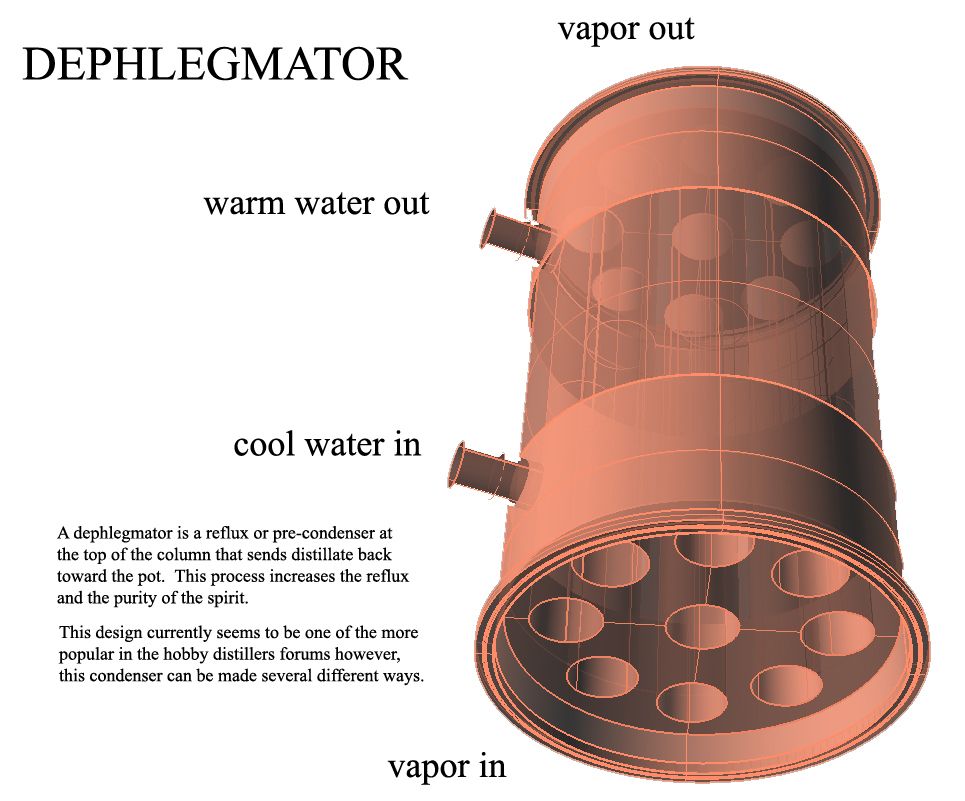Neutralizing Dephlag Induced Taste Variance!
08 April 2019
Introduction
If you, as a craft distiller, want to make the best spirits possible, you need to have full control over all variables. If you want to make the beste spirits consistently, you need even more control. This iStill Blog post dives into the influence of dephlagmator induced taste variance, how it can screw up your run, and how iStill’s innovations help solve the issue.
The influence of a dephlagmator on distilling
A dephlagmator is a pre-condensor that sits high up in the column. When a beer or wine is brought to a boil, gasses rise up through the column. In a potstill, the gasses go up via the riser and then migrate horizontally via the line arm and then are bend downwards before entering the secondary or product cooler.
Dephlagmator: a partial heat exchanger ...

Dephlagmator: reflux vs. enriched gasses ...

- How cold or warm is the cooling water to start with?
- At what water pressure does the coolant come over?
- What's the delta between the cooling water, the still, and the gasses?
Due to dephlag induced variance, you just screwed up your run …

This is how iStill's full-size column condensor works ...

www.iStill.com
Reactions
Add your comment
All reactions ()
Loading comments..